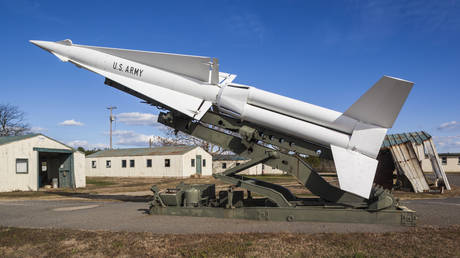ARTICLE AD BOX
BRUSSELS — The EU has narrowly avoided a full-blown trade war with Donald Trump by pledging to buy $750 billion of U.S. oil and gas by the end of his term.
But achieving that will be almost impossible.
So far, Brussels has provided scant details on how the purchases would work. Yet limited U.S. supplies, technical obstacles, and the EU’s weak powers over import deals mean hitting the goal will be fiendishly difficult, regardless of the specifics.
The headline figure is “completely unrealistic,” said gas expert Laura Page, a senior analyst at the Kpler commodities firm. “The numbers are just beyond wild.”
The EU has increasingly ramped up liquefied natural gas (LNG) purchases from the U.S. following supply cutoffs linked to Moscow’s all-out invasion of Ukraine in 2022. Trump, meanwhile, has long touted increased energy sales as a key demand for easing trade tensions with the bloc.
“Purchases of U.S. energy products will diversify our sources of supply and contribute to Europe’s energy security,” European Commission President Ursula von der Leyen said Sunday, noting the move would also help the bloc with its ongoing effort to “replace Russian gas and oil with significant purchases of U.S. LNG, oil and nuclear fuels.”
“We are ready to go for those purchases,” EU trade chief Maroš Šefčovič echoed on Monday. “We believe these numbers are achievable.”
The problem is that not everyone is convinced the numbers add up.
The EU spent €375 billion on energy imports last year, including €76 billion from the U.S., Page said, meaning the bloc would have to essentially triple its American imports over the next three years — in the process shunning other providers, such as Norway, which provides cheaper gas via pipeline.
Nor would taking Russian energy out of the equation make much difference: The bloc spent just €23 billion on oil, gas and nuclear imports from Moscow last year.
At the same time, the U.S. only sent $166 billion in oil and gas abroad last year, Page explained, meaning it would have to divert all its exports to the EU — and then some. That’s “just never going to happen,” she said, especially as U.S. LNG exports are not tied to a single destination and usually go to the highest bidder worldwide.
That’s not the only technical difficulty. The EU currently buys 12 percent of its oil and fuel from the U.S., according to Homayoun Falakshahi, head of crude analysis at Kpler. This figure could be raised to a ceiling of 14 percent, given that EU refineries can only handle limited shares of America’s specific blend of oil. “It really is a fantasy,” he said.
 The EU has increasingly ramped up liquefied natural gas (LNG) purchases from the U.S. following supply cutoffs linked to Moscow’s all-out invasion of Ukraine in 2022. | Olivier Hoslet/EPA
The EU has increasingly ramped up liquefied natural gas (LNG) purchases from the U.S. following supply cutoffs linked to Moscow’s all-out invasion of Ukraine in 2022. | Olivier Hoslet/EPAA senior Commission official also stated that the deal would be contingent upon specific “circumstances,” such as sufficient LNG infrastructure in Europe and “shipping capacity on the U.S. side.”
But the numbers are not “taken out of thin air,” insisted the official, granted anonymity to speak freely about the deal. “This is based on analysis of what our needs are.”
Another challenge is how Brussels would facilitate those purchases, given that it plays no role in buying cargoes itself.
The Commission official said the target “is not something that the EU as a public authority can guarantee,” but is rather “something which is based on the intentions of private companies.”
And so far, firms don’t see the economic rationale.
“The EU is not a company,” said one gas specialist at a prominent energy trading house. “Will they force EU companies to buy gas and oil from the U.S.?”
“If there is a commercial rationale behind [this], companies will do it — otherwise [it’s] obviously only hot air.”
What remains unclear is why the Commission would commit to such high figures knowing the challenges involved, said Anne-Sophie Corbeau, a senior researcher and gas expert at the Center on Global Energy Policy.
As things stand, it appears “the EU was ready to agree on any number to avoid the 30 percent,” she said, in reference to Trump’s threat of a far higher blanket tariff.
Antonia Zimmermann contributed reporting.
.png)
 1 month ago
5
1 month ago
5








 English (US)
English (US)